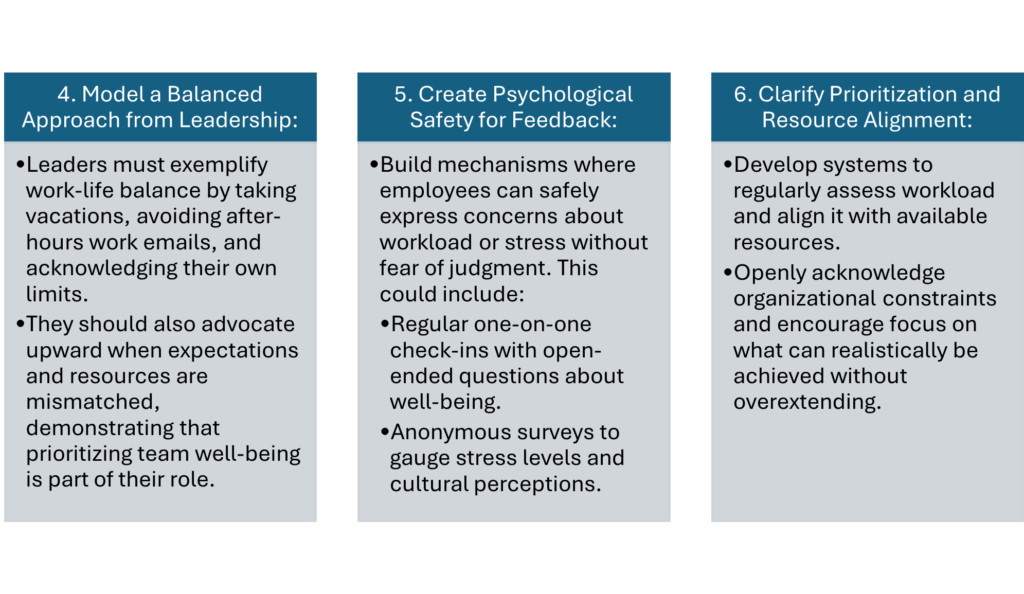Culture of Excellence: The Dark Side

I’ve spent almost all of my career in mission-focused organizations in the non-profit and public sectors. In many of those, individuals were attracted to the mission of the organization as well as the culture of excellence that directly impacted the services provided. Employees typically anchored themselves in the gratification of doing hard work for meaningful outcomes. The rewards for this work go far beyond the paycheck.
I, myself, have gravitated to organizations with high expectations for performance. That aligns with my own intrinsic motivations. But what I have found is there’s a dark side to a culture of excellence, especially in mission-driven organizations. Some observations of this workplace culture of excellence include the following:
1. Excellence as the Standard, Not the Goal:
I’ve heard leaders proudly announce that at our organization, meeting expectations is to exceed expectations. That sounds great on the surface and may well resonate with many who strive for excellence. However, the idea that “exceeding expectations” is the baseline can create a sense of constant inadequacy, where simply meeting expectations feels insufficient. Employees might internalize the notion that their value is tied to overachievement, leading to burnout and dissatisfaction.
2. Focus on Accomplishments:
I’ve been in business units in which everyone is asked to contribute to a quarterly summary of their accomplishments, and employee recognition focuses on accomplishments that go beyond day-to-day work. Again, well intended, perhaps, but publicly celebrating extraordinary accomplishments (e.g., out-of-scope work or extraordinary efforts) may unintentionally convey that routine, consistent performance is undervalued.
3. Pressure in Mission-Driven Organizations:
It’s important to recognize how this cultural dynamic plays out in mission-driven organizations. The alignment with a strong mission can amplify the pressure to perform, as employees feel their work contributes to something larger than themselves, making it harder to set boundaries.
4. Well-Being vs. Accountability:
In many organizations with a strong culture of excellence, the balance between well-being and performance accountability can become askew. An imbalance can develop where accountability and performance are often prioritized over individual well-being. Employees may feel hesitant to voice concerns for fear of being perceived as underperforming.
Strategies for fostering a healthy workplace culture
For managers and leaders wanting to make sure a healthy workplace culture is clearly established and maintained, the following strategies should be considered:


Culture Check-In:
Critical questions managers and leaders should ask:
- Are employees comfortable raising concerns?
- Is their well-being truly the top priority?
Leaders should use these questions as regular self-assessment tools to ensure cultural expectations are balanced and sustainable. By addressing the “dark side” of excellence, the organization can sustain its culture of high performance without compromising the health and satisfaction of its employees.